Walnut Dining Table Provenance help
Ellyn Murphy
8 years ago
Featured Answer
Sort by:Oldest
Comments (11)
lindac92
8 years agojemdandy
8 years agoRelated Discussions
Come see my Craigs List walnut dining room set!
Comments (11)Thanks! Funny, initially I was thinking 1930Âs (I donÂt know why, I know little about what styles were made in what eras). But then I thought of the Depression, and decided perhaps not much furniture would have been made during that time. LindaC (and others) how would I research this style? Any books/resources you could recommend? What would make it Jacobean Revival? The bulbous legs? That was the part I wasnÂt sure I liked. But I liked the other detailing so much, I can learn to like the legs. What market would this style have been made for? High-end, medium, low? gracie, I am in the Midwest, Chicago. I was very happy to get a whole set. Most of the others I looked at on CraigÂs list had only the table, chairs, and china cabinet, and I was holding out for a buffet, since that is the piece I use the most. I would have had to buy one separately if it was not part of the set. Since I already have a large china cabinet (oak, I think much older, bought 10+ years ago from a local antique store), itÂs a bit of a tight squeeze with these big pieces. I had to put the walnut one that belongs to this set in my living room, but surprisingly I think it looks nice there. rosie, have you tried CraigÂs list for your set? If I were you (or your sister) I would hold out and keep trying. The gentleman who sold me this set said he had posted it earlier over the summer, and none of the people who were interested would pay cash. The alternative would have been to sell it to an antique store, which was interested, but the price they offered did not meet the minimum he had set in his mind. If you canÂt sell it on CL and itÂs in good shape that would be an alternative for you; or a consignment shop....See Moreneed help refinishing walnut dining table
Comments (1)Without seeing it, I'm guessing that you have not completely removed the finish and that it is not wood that has been stained (by some chemical, not a prior attempt of applying a "wood stain.") Formby's refinisher is an ATM stripper, essentially a variant of lacquer thinner. It works by dissolving the finish so you can wipe off most of it and smear around the rest. The solvents work well on lacquer and shellac (which are redissolved in their respective solvents, both of which are in lacquer thinner) and slowly on other finishes such as varnish. While you can continue with it, things will go faster with a methylene chloride stripper (see the link above.) And while we are at it, Formby's Tung Oil finish is merely a varnish thinned to wiping consistency. Not that it is necessarily a bad product, it is just not tung oil and contains no tung oil....See MoreHelp me choose a dining table & Cab Color Please! : )
Comments (40)mtnfever- thanks! Do you think that look goes better with my kitchen/DR than the Tarvine? I know the Tarvine is more fancy but think it could work anyway. I do like the simplicity of the Toscana. I wish I could see the top of it better. The Pottery Barn Frances has a plank look and looks like crumbs would get stuck in between. Also, what are all of your thoughts on doing a bench like mtnfever shows above? Actually I like the idea. I know some don't like them for getting in and out and agree that on the other side of the table the banquette bench will be a little more an issue for that. However, for this type of bench people usually just "lift a leg" and get out with out sliding down. Of course, I guess you lose the comfortability of having a chair with a back on it.. Then again, Not too often do people lean back on them during eating.... I guess more during before and after dinner conversation. A plus is that they are sometimes less $ than getting separate chairs. Christine, My fabric is not great, I think, for the banquette seat b/c it's a light fabric (in color and weight)... however maybe for some pillows. For The window seat in the same room I may use the bird fabric for the seat or again for some pillows. Maybe I could use it for a table runner : )...See MoreI need help in deciding what chairs i should get for my dining table
Comments (1)Check out the Home Decorating Forum. This forum is mainly about noisy neighbors or difficult landlords....See MoreEllyn Murphy
8 years agolindac92
8 years agoEllyn Murphy
8 years agolindac92
8 years agoEllyn Murphy
8 years agoEllyn Murphy
8 years ago
Related Stories

MOST POPULAR7 Ways to Design Your Kitchen to Help You Lose Weight
In his new book, Slim by Design, eating-behavior expert Brian Wansink shows us how to get our kitchens working better
Full Story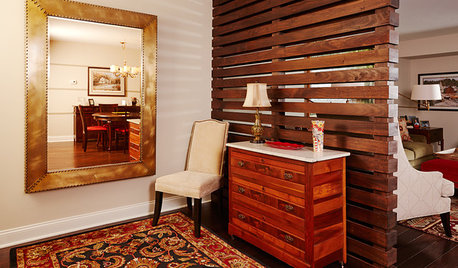
SMALL HOMESRoom of the Day: Living-Dining Room Redo Helps a Client Begin to Heal
After a tragic loss, a woman sets out on the road to recovery by improving her condo
Full Story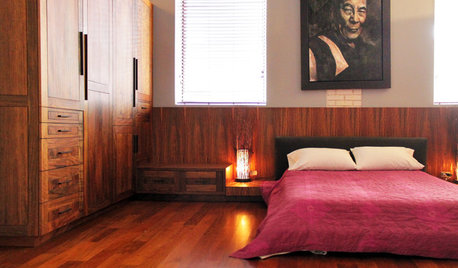
Storage Help for Small Bedrooms: Beautiful Built-ins
Squeezed for space? Consider built-in cabinets, shelves and niches that hold all you need and look great too
Full Story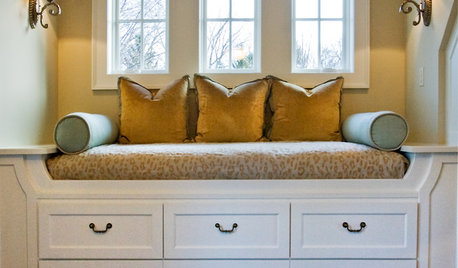
SMALL SPACESDownsizing Help: Storage Solutions for Small Spaces
Look under, over and inside to find places for everything you need to keep
Full Story
REMODELING GUIDESWisdom to Help Your Relationship Survive a Remodel
Spend less time patching up partnerships and more time spackling and sanding with this insight from a Houzz remodeling survey
Full Story
COLORPick-a-Paint Help: How to Quit Procrastinating on Color Choice
If you're up to your ears in paint chips but no further to pinning down a hue, our new 3-part series is for you
Full Story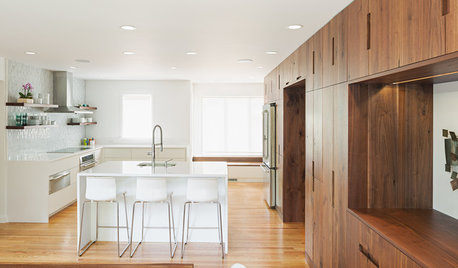
INSIDE HOUZZInside Houzz: A Walnut Wall of Storage Opens Up a Kitchen
A 30-foot wall of storage frees up cooking areas and counters for food prep and entertaining
Full Story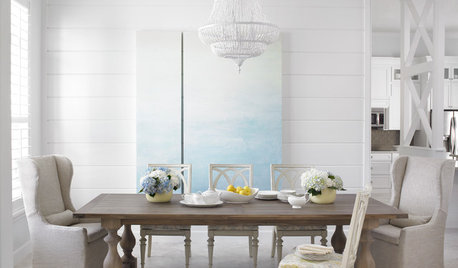
FURNITUREForever Furniture: A Buyer’s Guide to the Dining Table
There comes a time when a make-do piece of furniture won’t do. We give you a leg up on choosing the right table for you
Full Story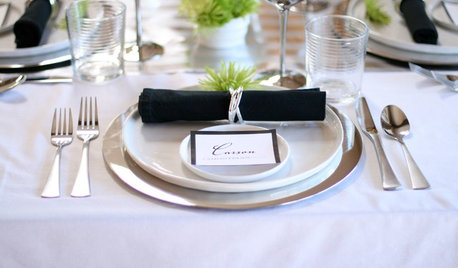
ENTERTAININGA Place for Everything: Beautiful Ways to Style Your Table
Polish your silver and pull out your china as we look at how tables were laid out traditionally and how they shine now
Full Story


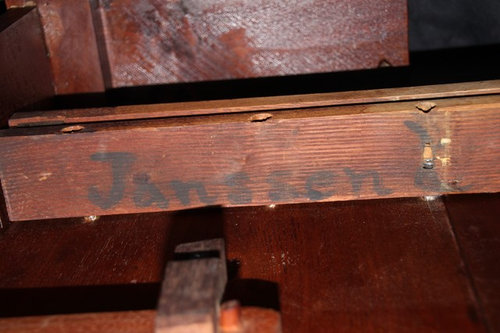

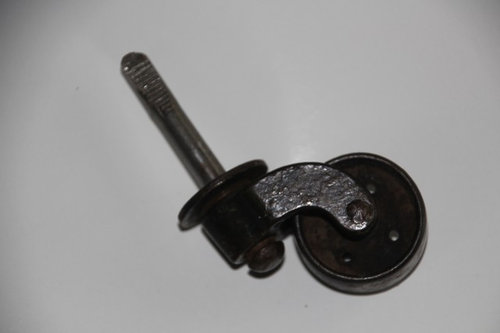
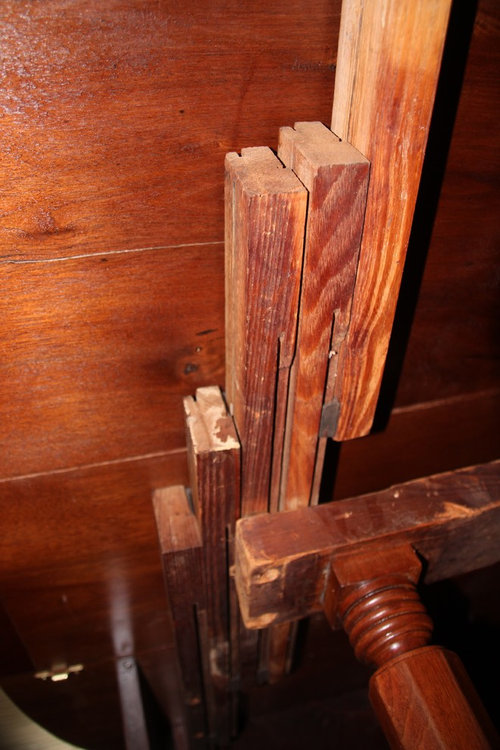

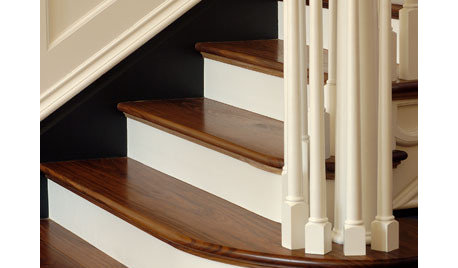
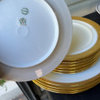



jemdandy